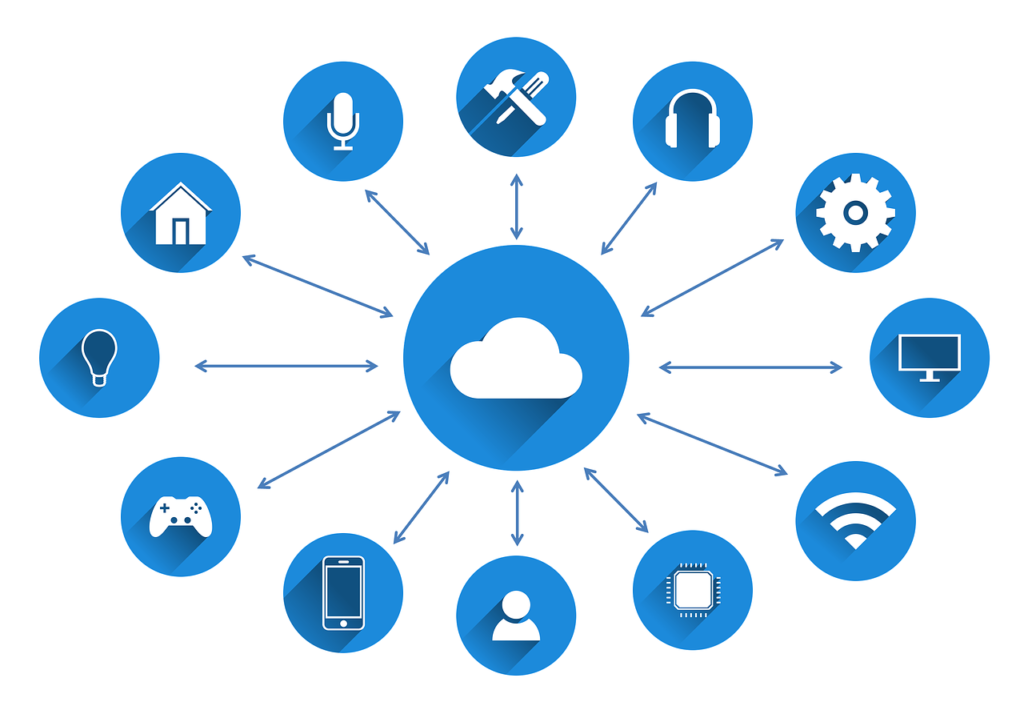Internet of Things (IoT) has become the buzzword du jour in the world of technology and communications. The demand for IoT devices and technology has been steadily on the rise. According to experts, the number of IoT compatible and connected devices will reach 31 billion by 2020. However, as always, the new tech has been met with rising concern in the world of cybersecurity. IoT is ready for you — but is your business network ready for IoT? The deployment of IoT technologies can have several potential pitfalls that a company can avoid by following the seven practices.

Ready for IoT? Never proceed without a plan
IoT deployments are time-consuming, and you must remember never to launch a premature network. The more time you spend during planning and research, the lesser downtime you will experience in the future. The first stages of deployment should include multiple rounds of testing including sandbox tech, proof of concepts, case studies, and pilots. It is easy to work in a silo, but including the employees and stakeholders in the process is genuinely rewarding; since the company has to spend minimum time, and effort orienting them to the use of IoT in the following months.
Replace old devices and upgrade incompatible technology
One primary challenge with the adoption of IoT by business administrations is that there is no one-size-fits-all solution for their network and security needs. In fact, many businesses across the US are still using devices that are over three to four years old. Getting them connected on a “secured” network can be quite the challenge since they were not designed to be IoT compatible. Experts believe that businesses that do not replace old devices and technology that later become a part of their IoT cloud can become the “weakest link in the chain.” In short, these devices might leave the entire network vulnerable to third-party access and attacks.

Invest in securing your IIoT and IoT
IIoT refers to the Industrial Internet of Things, and that can include the predictive maintenance of machinery, and automated control of production units. The age of hyper-connection leaves these devices vulnerable to malware attacks and manual hacking. To safeguard one’s brand reputation and consumer experience, every enterprise should emphasize at least three standards of security:
- Network security: If you are adopting IIoT to streamline your business operations, production line or administration, you should also think about investing a little more on leveraging machine learning algorithms. ML enables the utilization of context-aware authentication for logging in. It can override the threats of brute force attacks.
- Device security: When a business decides to implement IoT across its multi-network and hybrid cloud environment, it is expected that it is ready to spend the lion’s share of their budget on new IoT-compatible devices. The technology of the new devices should be secure and provide no peeping holes for hackers or malware. It is best if they have multiple security shields to prevent unwarranted attacks.
- Data security: IoT and cloud computing are in a long-term relationship, where one provides a platform of action for the other. When data is generated on a device, and it travels through a multi-channel system into the cloud, there can be several potential points of a data breach. Therefore, device security is not enough. The company must ensure complete safety of the sensitive data, personal information and operational information at all points.
The flexibility of hardware infrastructure
There was once a dark time when one device was ideal for performing only one task. Thankfully, those days are long gone, but that brings us face-to-face with a bigger challenge — keeping the devices flexible without compromising on their work quality. While leveraging IoT, one must ensure that the equipment on the vast network is capable of communicating with the Big Data to find the signals in the “noise.” Your hardware should be flexible enough to handle the continuously evolving demands without interruptions.
Enforcement of virtual infrastructure
When a company wants to test new concepts, it is done much faster through the use of virtual networks. It decreases the load on the already engaged hardware, and it reduces the risks of potential losses. The beauty of the coordination among Big Data, machine learning, and IoT is that it allows users to predict the outcome of a change rapidly. It enables them to scale up or scale down production according to the predictive analysis. It can make any potential problem much easier to identify long before they actually occur.
Pay attention to storage

The low expense of storage is one of the primary catalyzing factors of the IoT revolution. Apart from storing vital operational data on the devices of the IIoT networks, companies are utilizing their existing hybrid and private cloud spaces to store company data. Now, the main confusion arises when the question of data quality and quantity arises. The influx of data on any IoT network is massive. So the company has to decide which data to store and which data to eliminate. To prevent a data cesspool, every company must first evaluate how much space they are ready to allot for data storage and make a realistic inventory of the space available.
Real-time monitoring
By now most potential IoT users have realized that the new technology is not only easily scalable but also extremely cost-efficient. Therefore, it is quite easy for users to deploy more devices than necessary on the network. That creates a chance that the network will spiral out of control quickly. It is not the task of the basic, trial-period monitoring tools. It not only poses a potential threat for security breaches, but it is also going to create a mess for the admins. The practice of continuous research on which devices should connect to the network and monitoring the devices should be indispensable.
Getting ready for IoT
As the adoption of IoT grows steadily, new and experienced entrepreneurs are dipping their feet in the latest tech to keep their operations competitive. Apart from maximizing operational efficiency, the correct implementation of IIoT in coordination with Big Data and machine learning can help your business steer clear of the snags in operations, slow quarters and bad investment decisions. The fusion of business with technology has borne its fruit, and now it’s time for you to relish it with patience.
Images: Pixabay



